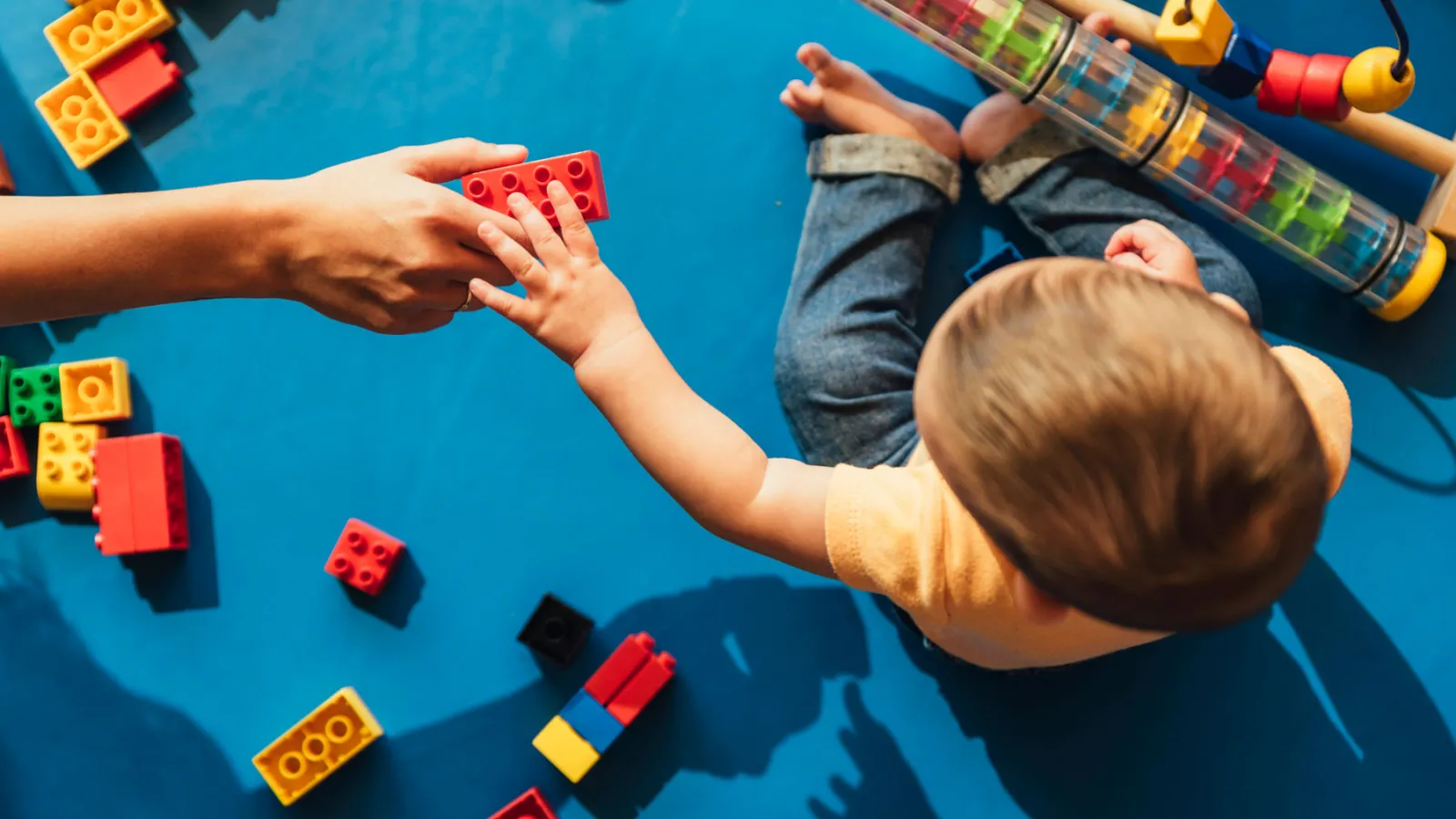Banner

Title
resources
Resource Library
Our Resource Library contains materials and assistance for early childhood educators and those they serve. Explore our selection of podcasts, tip sheets, websites, documents, and self-study courses.
Results: Page 8 of 48
| Resource Name | Description | Resource Type |
|---|---|---|
| Brush, Book, Bed: How to Structure Your Child’s Nighttime Routine | Brush, Book, Bed, a program of the American Academy of Pediatrics (AAP), has a simple and clear message for parents: Each night, help your children to brush their teeth. Read a favorite book (or two)! Get to bed at a regular time each night. | Website |
| Building a Safe Learning Environment in the Classroom | "Creating a safe learning environment is a top priority for early childhood educators. This goes beyond physical safety—it encompasses a space where children feel seen, heard, and valued, laying the groundwork for deep, meaningful learning. In this article [from Brightwheel Blog], we'll explore actionable strategies teachers can use to craft nurturing and safe spaces." | Website |
| Building Weight Inclusive and Weight Neutral Practices with Children | Listen as Priscilla Weigel interviews our guest, Alyssa Greene, Licensed Professional Clinical Counselor, Eating Disorder Specialist, and currently at the Minnesota Department of Health in the Children and Youth with Special Health Needs and Disabilities Division. Alyssa shares some key practices that can help set children up for a healthy view of their own bodies, acceptance of all body sizes and shapes, and how we as parents and professionals can advocate for people of all body sizes in your space whether that is children or adults. | Podcast |
| Bullies in the Block Area: The Early Childhood Origins of "Mean" Behavior | This brief first provides a summary of the developmental trajectory to bullying behavior and theories about social and environmental contributors to bullying. The remainder summarizes promising strategies and evidence-based intervention models designed to prevent bullying by addressing factors that contribute to the development of "mean" behavior and aggression in early childhood. | Document |
| Care for Yourself, So You Can Care for Others | From the office of Head Start, December can be a particularly hard time to take care of yourself. You may be busy, over-scheduled, stressed about finances, or worried about family. This month, the Safe Foundations, Healthy Futures Campaign will be offering tips to help you care for yourself. Take time each day to try out a few easy ideas. Caring for yourself can improve your health, reduce stress, and ultimately help you bring your best self to caring for the children you serve. When you feel mentally and physically healthy, you can make positive choices about how to effectively respond to children's behavior and needs. | |
| Care Plan for Children with Special Health Care Needs | These plans can be used to create an accommodation plan for children with special medical needs. | Document |
| Caring for Every Child's Mental Health Campaign | The Caring for Every Child's Mental Health Campaign website consists of information from a four-year national public education campaign by the Center for Mental Health Services, a component of the Substance Abuse and Mental Health Services Administration, U.S. Department of Health and Human Services to increase awareness about the emotional problems of America's children and adolescents and gain support for needed services. The website contains links for children and adolescents, tips for parents ranging from improving your child's mental health to issues that families may face regarding mental health. There are resources available for purchase or to download. The information is also available in spanish at www.mentalhealth.org/espanol/ | Website |
| Caring for Our Children: National Health and Safety | This manual contains guidelines on the development and evaluation of the health and safety of children in all types of early care and education setting centers and family child care homes. | Website |
| Caruurta iyo Walbahaarka: Sida Caruurtu ay u Fal-Celiyaan (Trauma: How Children Respond) | Baro qeexidda dhibaatada iyo sidoo kale jawaabaha koritaanka ee carruurta yar yar ee khibradaha naxdinta leh. Learn the definition of trauma as well as the developmental responses of young children to traumatic experiences. | Tipsheet |
| Cavity Free Kids | Cavity Free Kids is oral health education for young children – from birth through age 5 – and their families. It is designed by ARCORA - The Foundation of Delta Dental of Washington, for use in Head Start and Early Head Start, child care, preschool, home visiting, and other programs. Cavity Free Kids includes a rich collection of lessons, activities, stories, songs and other resources that actively engage young children in fun-filled, play-based learning and help parents practice good oral health habits at home. | Website |
Results: Page 8 of 48